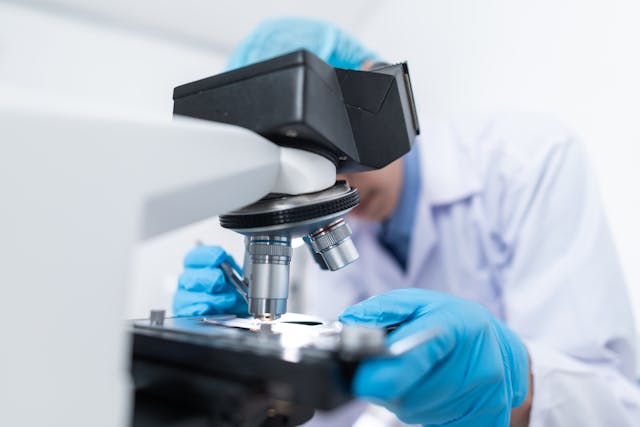Testicular Cancer starts in the cells of a testicle. A man’s reproductive system contains two testicles. These egg-shaped organs hang below the penis in a pouch of loose skin called the scrotum. The testicles are held in the scrotum by the spermatic cord. For a brief video about testicular cancer, click HERE.
Testicular Cancer Symptoms
Testicular cancer symptoms include:
- A painless lump on the testicles
- One testicle being noticeably larger than the other.
- Change in texture or firmness of a testicle.
- Swelling, pain and fluid buildup in the lower abdomen. including the scrotum.
- Pain and enlarged lymph nodes in the neck
- Swelling and pain in the chest
- Infertility
For more information, visit the John Hartson Foundation, or CCS.
Testicular Cancer Risk Factors
Risk factors that contribute to testicular cancer include:
- Having an undescended testicle (cryptorchidism)
- Having a family history of testicular cancer
- Being young
For more information, visit CCS
Testicular Cancer Diagnosis
Diagnosing testicular cancer may include the following procedures:
- Physical exam
- Ultrasound
- Complete Blood Count
- Blood Chemistry Tests
- Tumor Marker Tests
- Removal of the Testicle
- Lymph Node Dissection
- Chest X-ray
- Bone Scan
- CT Scan
For more information on diagnosis, visit Testicular Cancer Canada, or the John Hartson Foundation.
Testicular Cancer Treatment
Treatment of testicular cancer is dependent on a number of factors, including the type of germ cell tumor, the stage of the cancer, risk of relapse, fertility considerations and patient preference.
- Radiation Therapy
- Chemotherapy
- Surgery
- Active Surveillance
For more information on treatment, visit Testicular Cancer Canada, or the Testicular Cancer Awareness Foundation.
Testicular Cancer Stories
We currently do not have any testicular cancer stories at this time. If you have any, please send them to us at info@survivornet.ca.
Canadian Testicular Cancer Groups
 "The Canadian Testicular Cancer Association was founded by Cheryl Perry in Kitchener, Ontario, in 2007. Cheryl’s son, Adam, was diagnosed with testicular cancer in April of 2003 while attending high school at Southwood Secondary School in Cambridge. Just seven short months later, on November 9th, 2003, Adam passed away peacefully with his family by his side. Adam was 18 years old.
During Adam’s illness, he told his mother that he had found a lump when he was 15, but didn’t know what it was, and so he said nothing. As the cancer began to spread, Adam noticed that his testicle had swelled; still, he thought it would go away and kept silent. During Adam’s treatment, he told his mother that he wanted to speak out and reach others so they would not go through would he endured.
In 2012, Alexandre Désy, a testicular cancer survivor, founded a similar organisation named Testicular Cancer Canada with the support of two other survivors (Charles Méthot and Guillaume Rabette) and members of their families. Together, they witnessed first hand the lack of information, awareness and support. Guillaume helped Alex and Alex helped Charles. They wanted to give to others the support and information they were able to get from each other. They have been paying it forward ever since.
In late 2014, both organizations joined forces under the Testicular Cancer Canada name.
We have been stronger together since."
For more info, visit https://www.testicularcancer.ngo/
"The Canadian Testicular Cancer Association was founded by Cheryl Perry in Kitchener, Ontario, in 2007. Cheryl’s son, Adam, was diagnosed with testicular cancer in April of 2003 while attending high school at Southwood Secondary School in Cambridge. Just seven short months later, on November 9th, 2003, Adam passed away peacefully with his family by his side. Adam was 18 years old.
During Adam’s illness, he told his mother that he had found a lump when he was 15, but didn’t know what it was, and so he said nothing. As the cancer began to spread, Adam noticed that his testicle had swelled; still, he thought it would go away and kept silent. During Adam’s treatment, he told his mother that he wanted to speak out and reach others so they would not go through would he endured.
In 2012, Alexandre Désy, a testicular cancer survivor, founded a similar organisation named Testicular Cancer Canada with the support of two other survivors (Charles Méthot and Guillaume Rabette) and members of their families. Together, they witnessed first hand the lack of information, awareness and support. Guillaume helped Alex and Alex helped Charles. They wanted to give to others the support and information they were able to get from each other. They have been paying it forward ever since.
In late 2014, both organizations joined forces under the Testicular Cancer Canada name.
We have been stronger together since."
For more info, visit https://www.testicularcancer.ngo/




